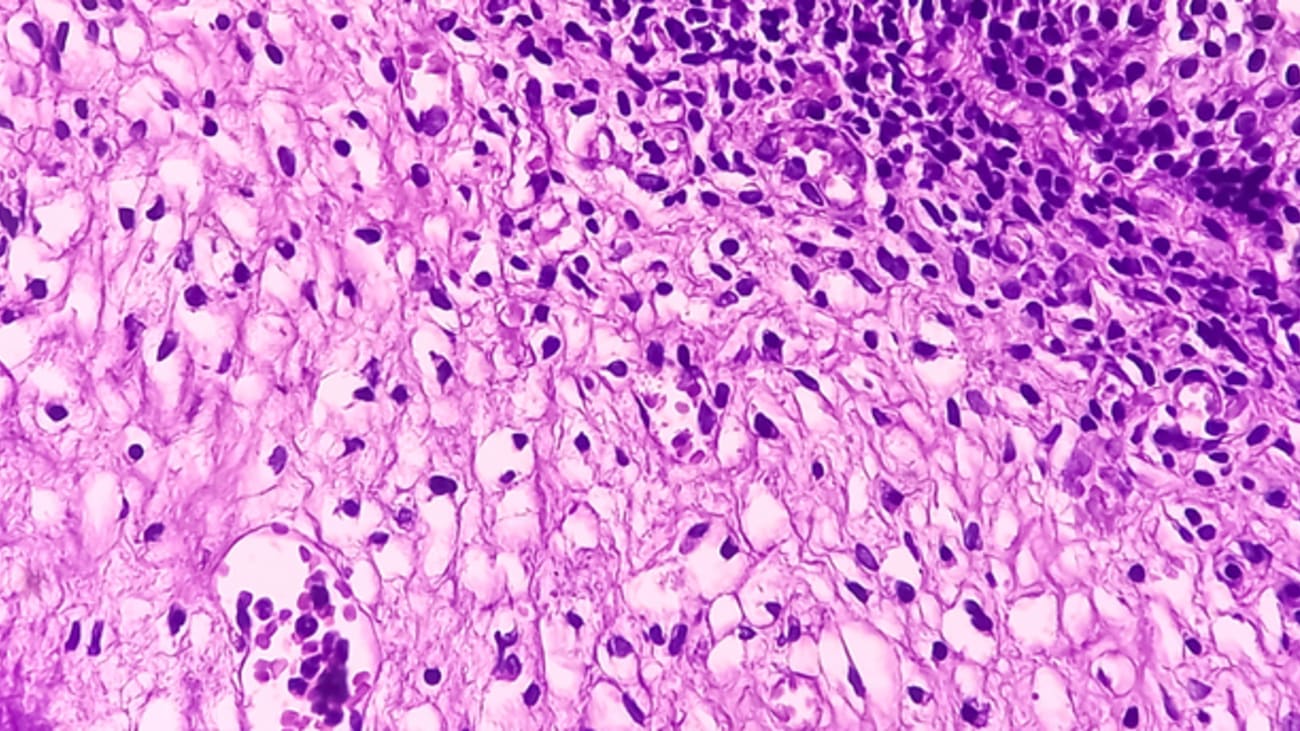

Giovanni Erazo, a 56-year-old bladder cancer patient from Homestead, achieved a rare outcome — complete remission from metastatic disease — after receiving high-dose, MRI-guided ablative radiation therapy at Baptist Health Miami Cancer Institute.

Michael Chuong, M.D.
Initially diagnosed with bladder cancer a decade ago after presenting with hematuria, Mr. Erazo underwent a cystectomy followed by chemotherapy. While his disease remained under control for two years, it eventually progressed to metastatic stage 4 with inoperable tumors in the abdomen, adrenal gland and cervical lymph nodes. After exhausting conventional therapies, including chemotherapy and immunotherapy, he was referred to Michael Chuong, M.D., medical director of radiation oncology at Miami Cancer Institute.
Dr. Chuong used the MRIdian Linac system — a next-generation MRI-guided linear accelerator capable of delivering precise, high-dose radiation — to ablate all three of Mr. Erazo’s tumors. The approach allowed delivery of radiation doses previously considered unsafe due to proximity to critical structures. Over five outpatient sessions, each lasting approximately 45 minutes, Dr. Chuong administered stereotactic body radiotherapy (SBRT) without the need for sedation or IV access.
Remarkably, all three tumors regressed and have remained undetectable more than five years post-treatment, with no recurrence or need for additional systemic therapy. Dr. Chuong published Mr. Erazo’s case and continues research on the broader implications of this technology in managing oligometastatic disease.
“Mr. Erazo had no other good treatment options, including surgery or other local therapies. Just slowing down tumor growth would have been a win — let alone having all three of his growing tumors completely go away and not return in the more than 5 ½ years since I treated him,” Dr. Chuong says. “This really points to how new, novel types of treatments like MRI-guided radiation are changing the paradigm of how we think about treating cancer patients in general.”
As part of his continuing research, Dr. Chuong recently published outcomes from a clinical trial evaluating single-session MRI-guided ablative radiation therapy in patients with metastatic cancer. The phase 2 SMART ONE trial showed that high-dose magnetic resonance-guided SRBT delivered in just one session can safely eradicate tumors in the chest, abdomen and pelvis. The study was published in the International Journal of Radiation Oncology, Biology, Physics (Red Journal).
“This study is the first in the world to demonstrate that single-fraction MR-guided SBRT is a highly effective, safe and substantially more convenient alternative to other forms of radiation therapy that frequently are delivered over multiple days or weeks,” says Dr Chuong, principal investigator for the trial.
In the study, which Dr. Chuong led in collaboration with the University of Wisconsin, this targeted therapeutic approach achieved nearly 100 percent local tumor control with minimal side effects. The study enrolled 30 patients with primary or metastatic tumors in the lungs, liver, pancreas, abdominal or pelvic lymph nodes, and adrenal glands.
“By demonstrating the effectiveness of single-fraction MR-guided radiation therapy, we are opening the door to faster, more precise treatments that can improve the lives of cancer patients,” Dr Chuong says. “This innovative approach has the potential to streamline care, reduce treatment burden and ultimately enhance outcomes for those faced with cancer.”
The MRIdian Linac, FDA-approved in 2017, integrates high-resolution MRI with linear accelerator technology, enabling continuous imaging throughout treatment. This allows for ultra-precise radiation sculpting and dose escalation through adaptive capabilities that can account for anatomical changes due to respiration, digestion or bladder filling. The system is particularly valuable for abdominal and thoracic tumors where organ motion and proximity to critical structures present major challenges.
At the time of Mr. Erazo’s treatment, Miami Cancer Institute was only the second center worldwide to offer this technology. Dr Chuong notes that Mr. Erazo was likely the first patient in the world to receive such high-dose radiation to a tumor in the mesentery using the MRIdian Linac.
The case underscores the potential of MRI-guided ablative radiation as a paradigm-shifting tool in the treatment of inoperable or metastatic cancers, Dr. Chuong says. While chemotherapy and immunotherapy provided partial disease control, it was MRI-guided SBRT that led to Mr. Erazo’s long-term remission.
“I think Mr. Erazo’s case really has a lot of implications for patients, not just with bladder cancer but with stage 4 metastatic cancer,” Dr. Chuong says. “Radiation typically is not offered — or may not be offered routinely — for patients with stage 4 cancer because it’s a systemic problem and we need to treat it with systemic treatments, like chemotherapy and sometimes immunotherapy.”
However, growing clinical evidence supports the integration of radiation therapy into treatment algorithms for patients with oligometastatic or inoperable disease, Dr. Chuong says.
“We need to start thinking differently about select patients with one or a few metastases who get systemic treatments and may further be helped with local ablative treatments like radiation therapy,” Dr. Chuong says. “This can potentially eradicate tumors — maybe even with a curative effect like what we were able to do for Mr. Erazo.”
Mr. Erazo remains under routine surveillance but has required no further treatment since completing radiation. He credits his recovery to his wife’s insistence on seeking a second opinion and the willingness of his care team to explore cutting-edge solutions.
“I can’t believe that I’m here and able to tell my story,” he says. “I feel very privileged that I was treated at Miami Cancer Institute.”

